« 4 Fun Indoor Things to Do With Kids in Knoxville
5 Car Repairs That Can’t Wait »
Feb 24, 2016
A wheel alignment ensures that your tires point in the right direction and that related parts wear smoothly and evenly. A number of factors can make your wheels lose their alignment, though, so having this checked should be a regular part of your vehicle maintenance routine. Learn how often you should get your tires aligned, and get to know some signs that your wheels need alignment right away.
No matter what kind of vehicle you drive, it has exact alignment specifications determined by the automaker. Everything from the vehicle’s overall size to its weight to its intended use goes into calculating these specs, which are unique to your make and model.
Driving your car when the wheels are out of alignment can cause a number of problems. Your tires can wear unevenly, which can make your vehicle unable to grip the road properly or handle safely. Your car can also suffer in terms of performance, since a car that’s out of alignment can’t handle as cleanly. Continuing to drive a car with poor alignment will just make the situation worse and can even compromise your ability to control the vehicle or damage other components of your car.
General wear, driving conditions, and alterations to your car can all cause the tires to lose alignment. Some of the most common causes include:
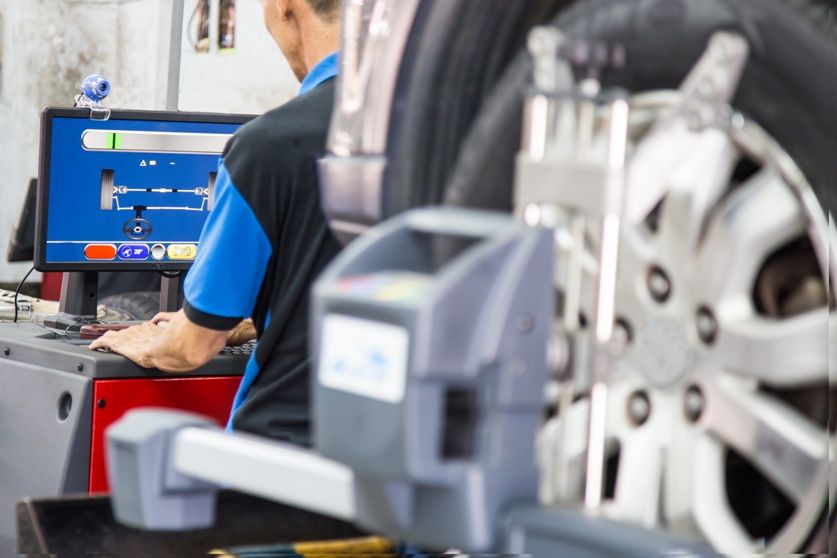 Even regular tire rotations throw your car out of alignment, since each tire wears differently.
Even regular tire rotations throw your car out of alignment, since each tire wears differently.For virtually all vehicles, it’s necessary to get your wheels aligned periodically. Most car experts recommend scheduling an alignment every other oil change, or approximately every 6,000 miles. Since alignment needs can vary widely depending on your vehicle type, typical road conditions, and tire style, however, refer to your owner’s manual or consult with your mechanic to learn what’s best for your car.
Several other situations necessitate an alignment, too. When you get new tires, an alignment ensures that they’re positioned correctly and that they’ll wear evenly. When your vehicle pulls while driving or your steering wheel seems off center, an alignment can fix any issues resulting from hitting potholes or bumping curbs.
Whether you’re planning to replace worn out tires or you suspect your existing tires need adjustment, you can schedule a wheel alignment at your local service center. Even if you’re not due for routine tire maintenance yet, getting your wheels aligned can save your vehicle from unsafe handling and poor performance.
Powered by Bookmarkify™
Tags: Alignment, Service Tips, Tires
Posted in
Toyota Service |
Comments Off on When Should I Get My Tires Aligned?
Getting a tire alignment is one of the regular maintenance tasks required to keep your vehicle in tip-top condition. To make sure your car will run properly and safely, you need to have its wheels realigned at an auto repair shop or service center at a certain interval or when symptoms of misaligned wheels show. Follow this comprehensive guide to learn whether it's necessary, how often you should get a tire alignment, and how long an ordinary alignment takes. Then see how Kia service coupons, service financing, or the Kia warranty can help you save on your next tire alignment. If you aren't sure if the Kia warranty is right for you, check our page that goes into detail about it.
Follow this comprehensive guide to learn whether it's necessary, how often you should get a tire alignment, and how long an ordinary alignment takes. Then see how Kia service coupons, service financing, or the Kia warranty can help you save on your next tire alignment. If you aren't sure if the Kia warranty is right for you, check our page that goes into detail about it.
Get Tire & Wheel Help
A tire alignment is the process of aligning the wheels of a vehicle with one another and the surface of the road. It's achieved by bringing the suspension system to its proper configuration and positioning as well as adjusting certain components. Unlike some other vehicle maintenance tasks that you can do yourself, a tire alignment requires the expertise of an experienced mechanic and an alignment machine.
Basically, the purpose of a tire alignment is to square a vehicle's wheels and axles with one another so that they'll move in the same direction. The process involves adjusting all the suspension angles that have an impact on tire movement and positioning, and ensuring the steering wheel is perfectly centered. The manufacturer of a vehicle designates standard angles for aligning its tires, which are specified in degrees.
The process involves adjusting all the suspension angles that have an impact on tire movement and positioning, and ensuring the steering wheel is perfectly centered. The manufacturer of a vehicle designates standard angles for aligning its tires, which are specified in degrees.
The type of alignment your vehicle needs depends on its suspension system and the way it distributes power to its wheels. If you have an all-wheel-drive or four-wheel-drive vehicle, you have to get a four-wheel alignment. On the other hand, if your vehicle uses a front-wheel-drive or rear-wheel-drive system, it needs a front-end alignment or thrust-angle alignment.
Yes, tire alignment is one of the most important maintenance tasks. If your wheels are misaligned, your vehicle will experience a dramatic drop in handling capability. It'll constantly pull in one direction, which can greatly inhibit its ability to turn or move in a straight line. This not only makes driving more difficult and reduces ride comfort, but it can jeopardize you and your passengers' safety.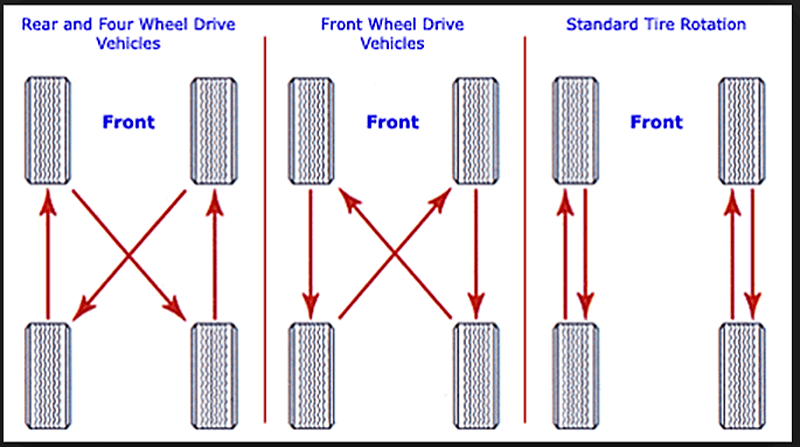
In addition, failure to realign your wheels regularly can cause your cost of car ownership to go up considerably. Wheels that aren't properly aligned may lead to uneven tire wear, which means you'll have to replace your tires more frequently. It isn't uncommon for wheel misalignment to result in flat spots and tire blowouts because it can cause your tires to experience added tension. Also, misaligned wheels can lead to damaged wheel rims and suspension, which can affect the performance and longevity of your vehicle.
The interval for wheel alignment can vary significantly depending on the type of vehicle you own, your driving habits, and other factors. Most mechanics recommend that you get a wheel alignment once every two or three years. However, the best thing to do is to follow the recommended interval in your owner's manual.
If your owner's manual doesn't specify how often you should have your wheels realigned, you should bring your car to a service center or auto repair shop for a tire alignment checkup at least once a year.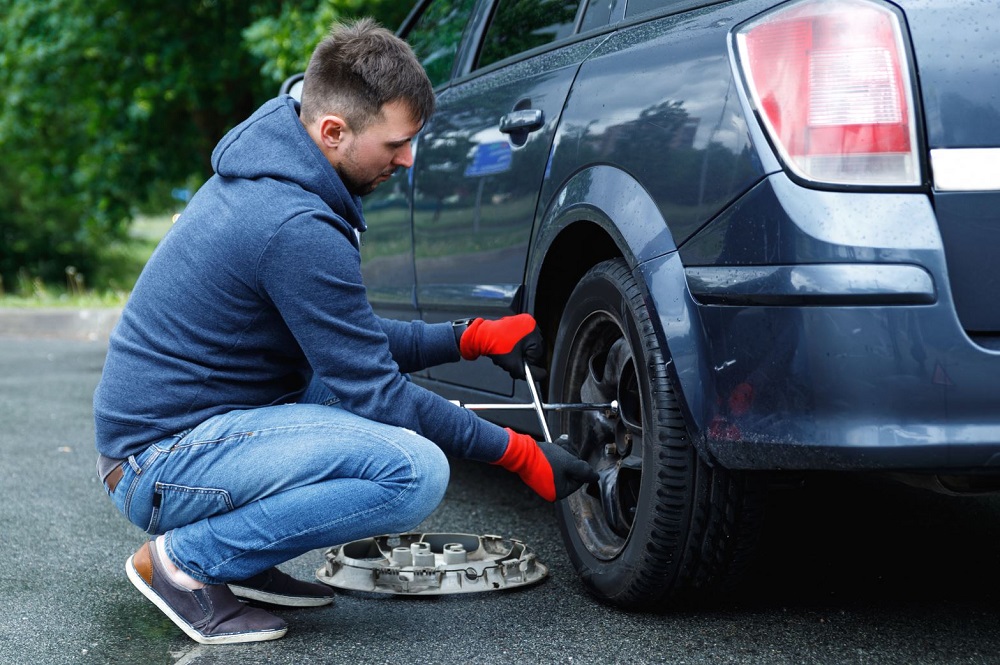 Usually, a vehicle's wheel alignment will be at least slightly off after one or two years of driving. Nonetheless, if your car holds the road well, doesn't drift to one side, or has evenly worn tires, it isn't necessary to have its wheels realigned every year.
Usually, a vehicle's wheel alignment will be at least slightly off after one or two years of driving. Nonetheless, if your car holds the road well, doesn't drift to one side, or has evenly worn tires, it isn't necessary to have its wheels realigned every year.
It's important to note that there are specific circumstances that may cause your vehicle to require tire alignment on a more frequent basis. Vehicles with wider tires or performance-oriented cars usually need to have their wheels aligned more often. Additionally, you should consider getting a wheel alignment every time you install new tires on your car.
Besides going for a tire alignment checkup on a regular basis, you should also look for certain signs indicating that your wheels need to be realigned. These signs include:
 However, if it continues to pull to one side after you inflate your tires to the correct pressure, it's a sign that you should get a wheel alignment.
However, if it continues to pull to one side after you inflate your tires to the correct pressure, it's a sign that you should get a wheel alignment.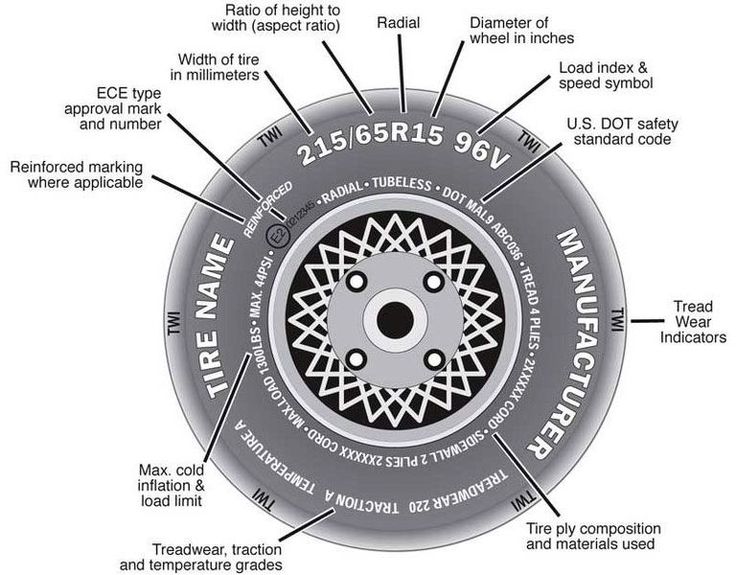 If this is happening, it may be time to realign your wheels.
If this is happening, it may be time to realign your wheels.We know Rochester drivers are busy. So is an alignment a short or lengthy process? Under normal circumstances, a wheel alignment will take an average of one hour, whether it's a two-wheel-drive or four-wheel-drive vehicle. If there's too much wear and tear or damage on the suspension system, steering bushing, track rod, or other parts, it'll take a longer time as some components have to be replaced.
Wheel alignment is an essential maintenance task that you cannot afford to skip as it can have a significant impact on your vehicle's performance, ride comfort, safety, and lifespan. If you want to get a wheel alignment for your Kia vehicle, contact Tom Kadlec Kia today to schedule an appointment.
Do you need to align every time you spin your tires? No, you are not . This is because the rotating transport tires do not interfere with wheel alignment in any way. If for anything, spinning the tires only balances the vehicle and also gives it more stability and improved traction.
Without regular turns Tire treads can wear unevenly to create a rough and potentially unstable driving surface . After all, this type of tire tread wear can reduce your safety on the road - think heat buildup, hydroplaning, poor traction in snow and ice, and increased risk of punctures and blowouts.
.
Unless you drive less than about 7500 miles per year, it is recommended that you rotate your tires every six months or so to prevent uneven wear. … rotating the tires between front and rear a couple of times a year spreads the burden so the tread can wear evenly.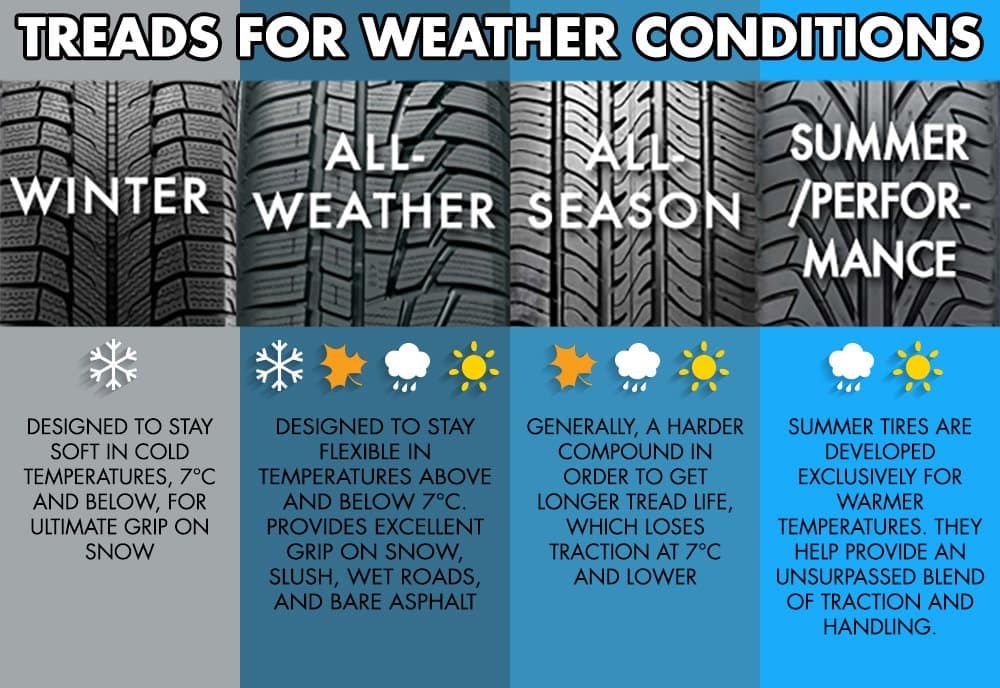
It is important to turn tires front to factory several times over the life of a vehicle to even out wear and tear and maximize tire life. … Most manufacturers generally recommend rotating your tires every 5000-10,000 miles, or at the same time as your regularly scheduled oil changes.
Under normal circumstances, wheel alignment will take an average of one hour, whether it is a two-wheel drive vehicle or an all-wheel drive vehicle. If there is too much wear or damage in the suspension system, steering bushings, rod or other parts, it will take longer as some components need to be replaced.
Tire rotation takes wear out and makes them last longer. Proper rotation not only helps even out wear and prolong the life of your tires, but also provides a great opportunity to make sure all four wheels are in good working order.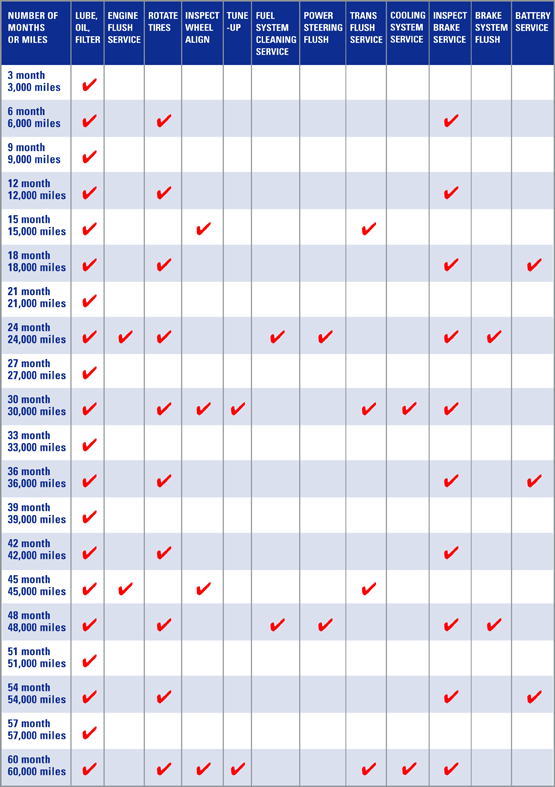
It comes with a one year warranty and covers a maximum of 12,000 miles. Wheel alignment service all the time is $170 . However, it has an unlimited warranty. So, you will enjoy free diseases as long as you have a car.
Spin and balance usually costs only about twenty dollars. If you hire a garage to change your oil, check with them to see if they offer this service. Many garages offer to rotate and balance your tires for free if you bought them there.
the rear tires move diagonally to opposite sides on the front axle and the right front tire becomes the new spare tire. The spare wheel is located on the right side of the rear axle and the left tire on the front axle moves straight to the left rear position.
How often should I balance my tires? Many experts state how often tire balance should be checked. It is generally recommended to explore them every 5000-7500 miles or every 2 years .
It is generally recommended to explore them every 5000-7500 miles or every 2 years .
Costco offers lifetime maintenance service with new tire installation. This PERK includes free spins on tires and a flat repair, among other perks. Additional benefits for replacement through Costco include nitrogen-filled tires and no additional shipping or handling.
How much will a wheel alignment cost? The cost of a wheel alignment will depend on whether you are getting a front end wheel alignment or a four wheel alignment. If you get a 2 wheel alignment, the cost will be cheaper, equal to from $50 to $70 .
The average cost of a tire rotation is between $35 and $44, but can vary from vehicle to vehicle.
How much does a tire rotation with professional services cost? Expect to pay between $10 and $20 for a wheel.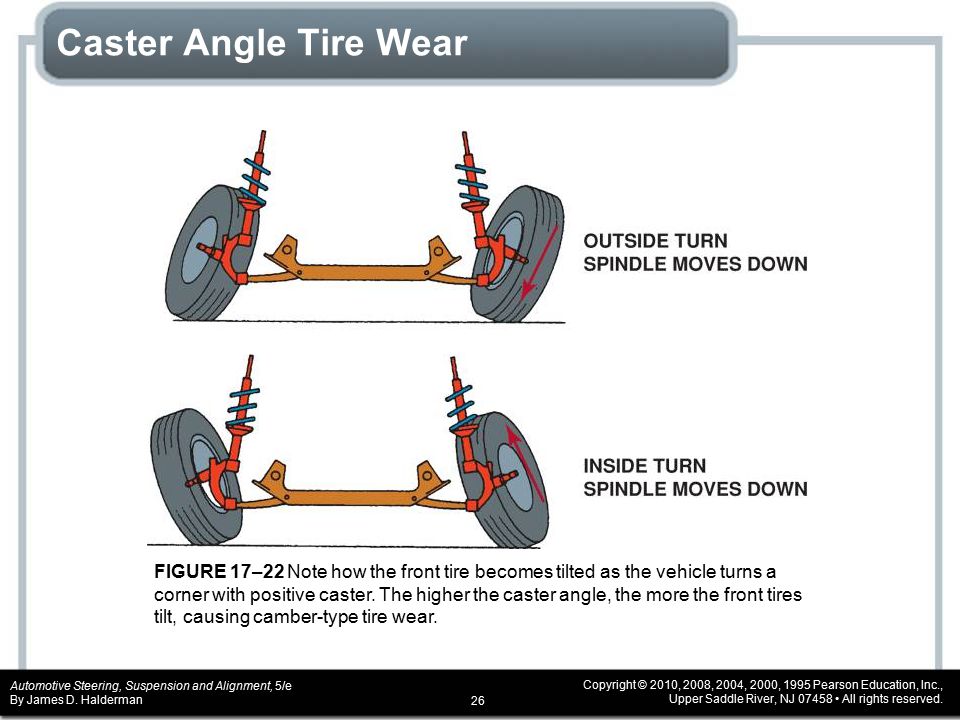 Remember that all this charge is labor and so it all depends on the level of labor in the local store. So in total you're probably looking at anywhere from $40 to $80 for a tire rotation.
Remember that all this charge is labor and so it all depends on the level of labor in the local store. So in total you're probably looking at anywhere from $40 to $80 for a tire rotation.
If you wait too long, you regularly lose the benefits of tire rotation. Your tires can develop a constant wear pattern that can create a rough, noisy ride and reduce the life of your tires.
Here are some common signs that you are dealing with poor alignment: Your car pulls to one side of . uneven or rapid tire wear . Your steering wheel is crooked when driving straight .
Balancing a set of four tires can take from 45 minutes to two hours as a separate service. An old tire that has seen its fair share of bumps and rebound (and accumulated more imbalances) will often take longer than a new tire that only lifts a minor imbalance during shipping and storage.
It is generally recommended to align your wheels every 2-3 years. However, to ensure optimal safety for your vehicle, yourself and others around you, it is best to choose a wheel alignment every time you go to change your vehicle's oil.
In general, tire rotation takes about 15 minutes . However, if you add other services to this, it may take up to an hour.
Twice I arrived by appointment for rotation, and I was told that it would be about 2 hours. It's too much of a hassle to save $15-$30 per axle. Gose: “Pay a little more than spend 2 hours, even with an appointment, for a tire rotation with Costco. Costco should have dedicated technology just for rotations.”
Right Tire alignment it is important to avoid excessive wear on tires and vehicle parts.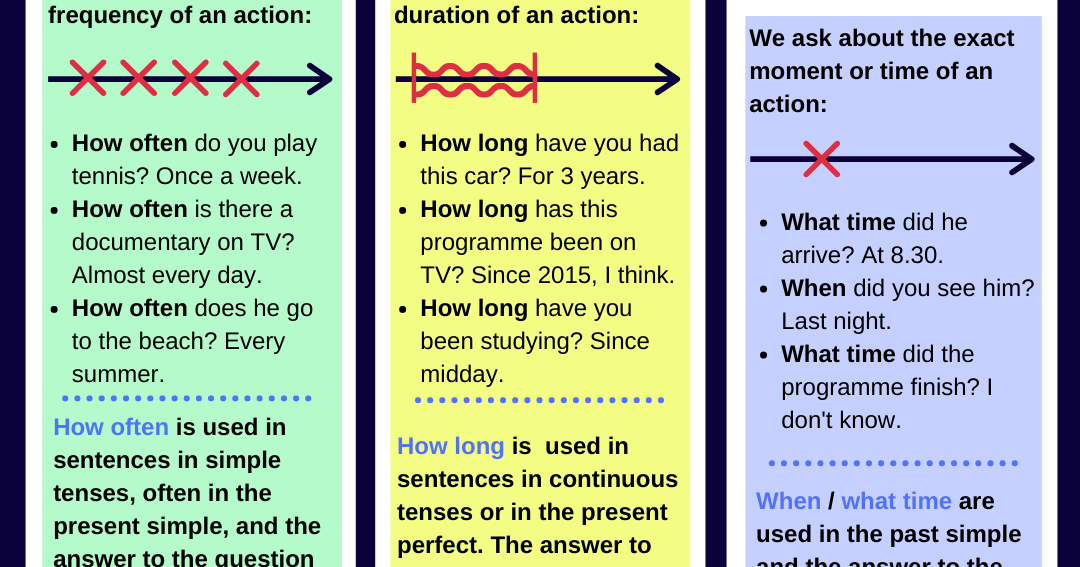 Poor tire alignment can reduce your MPG, make the wheels run against each other and wear down the tires causing bad tread wear patterns. Here are some signs that suggest you need an alignment fix.
Poor tire alignment can reduce your MPG, make the wheels run against each other and wear down the tires causing bad tread wear patterns. Here are some signs that suggest you need an alignment fix.
 This is also a sign of an alignment problem.
This is also a sign of an alignment problem. Poor tire alignment can lead to a wide variety of problems on a vehicle. Here are some of the reasons why it's not a good idea to keep driving without a good tire alignment from a professional shop.
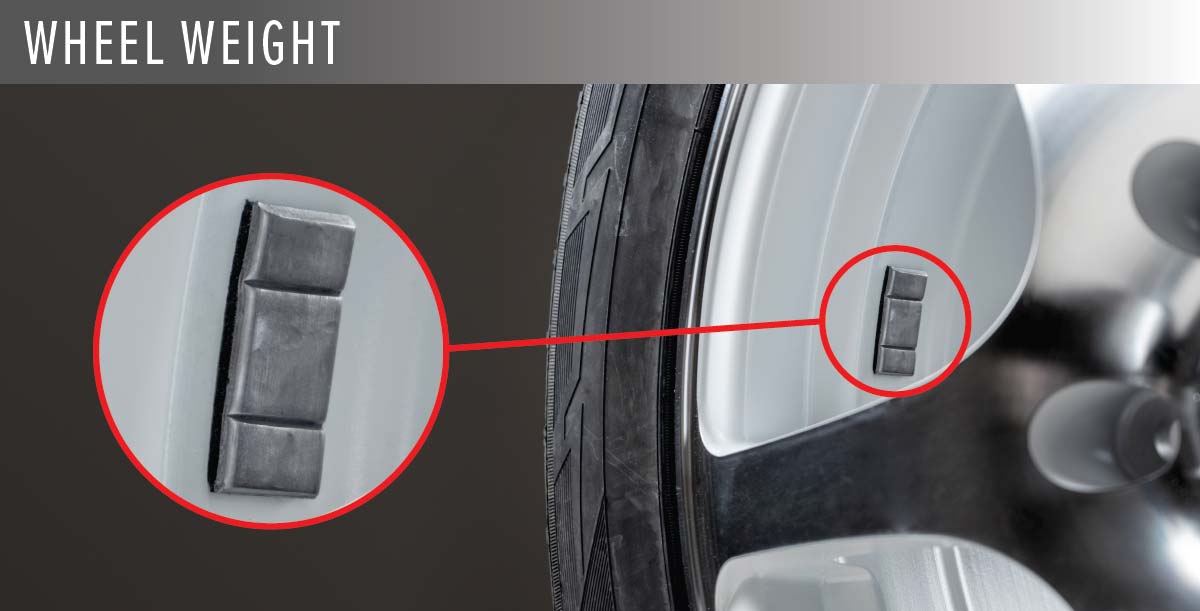
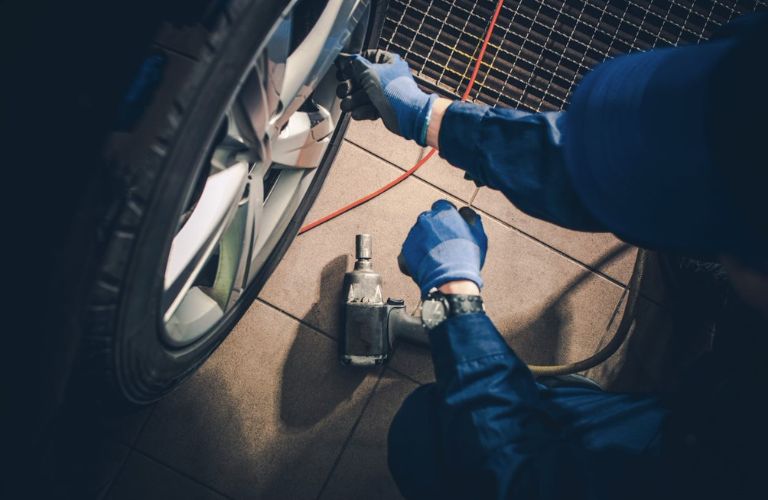
Learn more about wheels and tires & gt; >
The Auto FLPER dealership websites provide a range of tire alignment prices. It breaks down into categories:
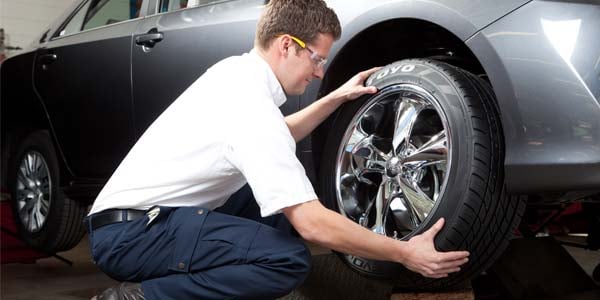 This includes aligning all four wheels on the car. It varies from 50 to 9US$5 based on local market.
This includes aligning all four wheels on the car. It varies from 50 to 9US$5 based on local market. To understand wheel alignment, we must understand the terms used and what they mean.
Bagabar refers to the angle of the wheel. The measurement is calculated in degrees. Looking at the front of the car, if the wheel leans outward, this is positive selection. If the wheel rests on , this is a negative decay. When the tube for a wheel is not true or dead in the center, it results in uneven tire wear, which causes the tires to pull to one side or the other.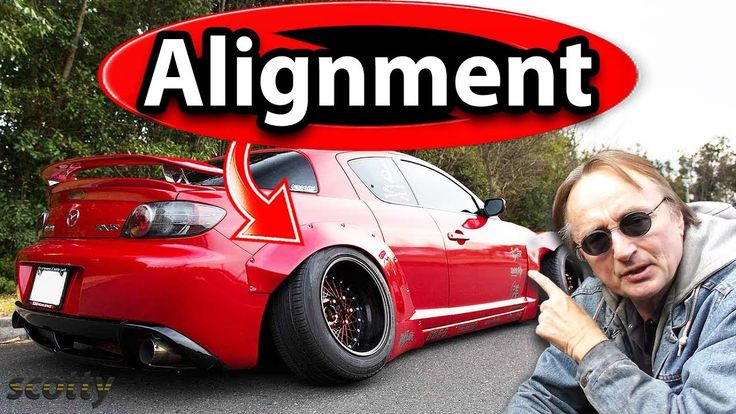 Some front wheel drive vehicles cannot be adjusted for CURBER, so if the switch is turned off for this type, it means that some part is worn or broken in the suspension system and needs to be repaired.
Some front wheel drive vehicles cannot be adjusted for CURBER, so if the switch is turned off for this type, it means that some part is worn or broken in the suspension system and needs to be repaired.
When the steering wheel is not turned, the front wheels will turn the turn. This pivot is attached to the suspension system. The angle of this pivot is calculated in degrees, which is called the caster. If you look at yours from one side and the top of the pivot is leaning towards the back of yours, this is a positive caster. When the top of the turn rests on the front, it is in negative spell. When the wheel caster is turned off, it causes the track to not track properly when moving straight. This can cause the steering to be too light or too heavy, making it difficult to control. The caster is also not usually adjustable on front wheel drive cars. When the caster is turned off on these cars, there is some part in the suspension that needs to be repaired.
The "TOE" of yours is how far the front of the tire is to the rear. When your foot tire is in this, it means that the front of the tires are closer than the back of the tires. When considering the front tires, if your tire resembles a triangle in its relationship to each other with a slight ending towards you, yours is a sock. If the triangle has a small end towards the back of the car, then that means it's the feet. Your tires should be even apart, forming a square. When the tires are worn in or out, it will cause them to wear quickly. The sock is regulated on all types of cars.
It's very rare for the poor Tire alignment cause loud tire road noise.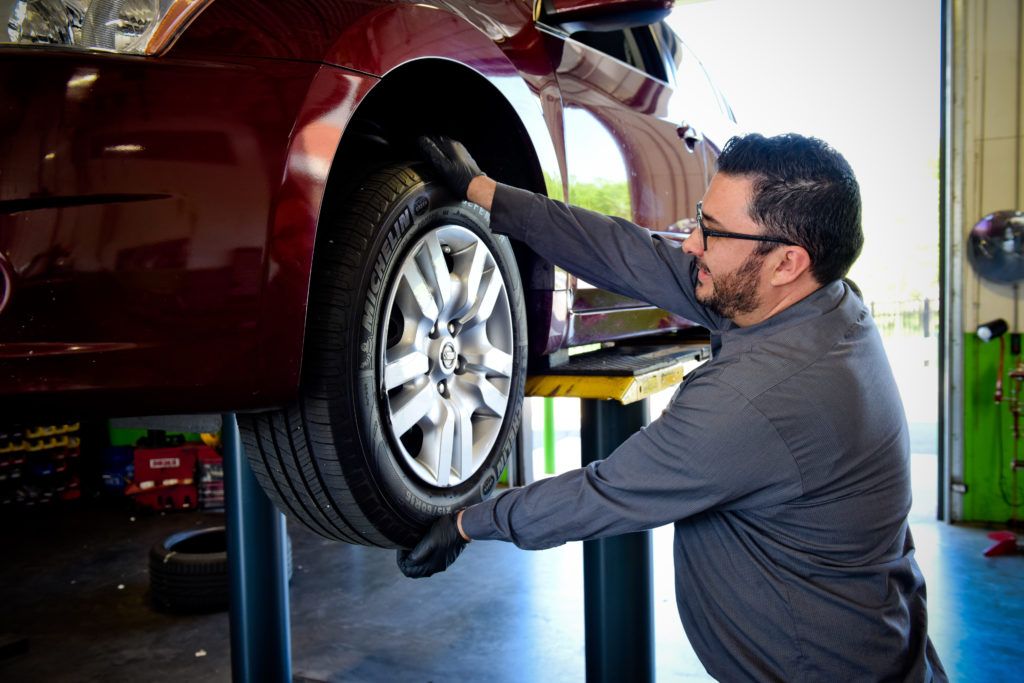 It would mean a very serious problem in your alignment if she got to this point. Tire alignment basically means that your tires are straight in relation to each other, and for them to curve enough to make a loud noise on the road, indicates a serious situation. Poor tire alignment was confirmed by drifting while driving, where it seemed to pull to one side or the wheels were noticeably off-center. If left unattended, poor alignment will result in uneven wear on your tires, and it remains an extremely rare occurrence to have loud noise from your tires due to poor alignment.
It would mean a very serious problem in your alignment if she got to this point. Tire alignment basically means that your tires are straight in relation to each other, and for them to curve enough to make a loud noise on the road, indicates a serious situation. Poor tire alignment was confirmed by drifting while driving, where it seemed to pull to one side or the wheels were noticeably off-center. If left unattended, poor alignment will result in uneven wear on your tires, and it remains an extremely rare occurrence to have loud noise from your tires due to poor alignment.
That Tire Alignment Price The fees you pay will vary depending on the alignment performed and location. The recommended alignment is four wheels and you have to make sure this is what you get as you can charge less for front wheel alignment or traction alignment which is only required about the rear axle. A price ranging from $60 to $85 is reasonable, depending on various factors. Most mechanics will start quoting a higher price than their final offer. Negotiate a price and get the best deal. Anyone asking for more than 9$0 is too expensive and you should look elsewhere.
A price ranging from $60 to $85 is reasonable, depending on various factors. Most mechanics will start quoting a higher price than their final offer. Negotiate a price and get the best deal. Anyone asking for more than 9$0 is too expensive and you should look elsewhere.
Tire alignment costs will vary depending on the type you are leveling. For example, if you were to align a Smart, the cost of the alignment might be less than if you were trying to align the latest Cadillac CTS. It's a matter of cost and a Truck, on the other hand, will likely cost even more to level up. Especially if it's a 4x4, because not only do you have full front end alignment to take care of (head helm, top arm, top/bottom struts, steering assembly, etc.), you would also have to make sure the driver's wheels on the rear four wheel drive also works correctly.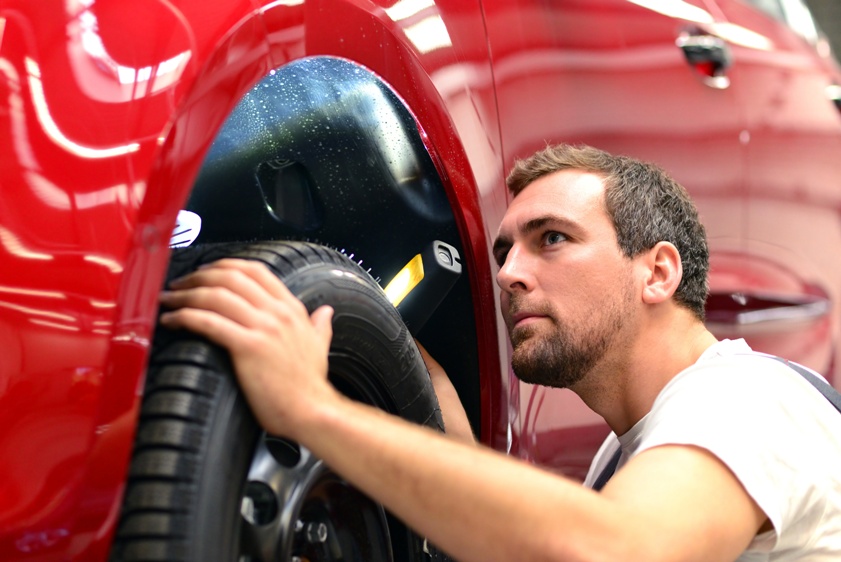 This may cost you more than you think.
This may cost you more than you think.
BUT. Rear Tire Alignment will tend to be less expensive than external alignment for one reason, complexity. In the back alignment, you still set Toe-Out and Toe-In, but that's about it. You will have to make some minor suspension adjustments, but these can be achieved with a wrench. If you need to insert rear shims (spacers) to bring your rear end into alignment, a wrench will do. The front end, with its leg/TOE-in, mounting mounts, handlebars and the like, is more active as one thing influences the other. So a front alignment will actually be a more costly alignment.
More likely than tire vibration Engine vibration is easy to determine.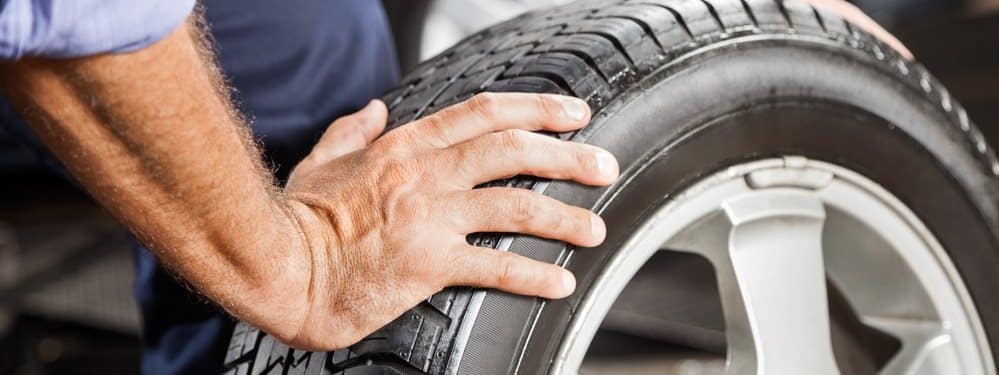 First, look at the red light and look at the tach if yours has one. If the engine refuses to settle down and the idle level goes from 800 rpm to 2600 rpm, you can be sure you have an engine idle problem. If you have tire vibration, you won't notice it until you're at speed. Once you've hit cruising speed, you'll probably feel a vibration in the steering wheel. Holding it with one hand will just confirm it. If it's tire vibration, it could indicate tire wear or a problem. It may also indicate that your crankshaft may be slightly out of alignment, or it may simply be resonance with the roadway.
First, look at the red light and look at the tach if yours has one. If the engine refuses to settle down and the idle level goes from 800 rpm to 2600 rpm, you can be sure you have an engine idle problem. If you have tire vibration, you won't notice it until you're at speed. Once you've hit cruising speed, you'll probably feel a vibration in the steering wheel. Holding it with one hand will just confirm it. If it's tire vibration, it could indicate tire wear or a problem. It may also indicate that your crankshaft may be slightly out of alignment, or it may simply be resonance with the roadway.
Exceed and under more likely signs of poorly maintained tires than signs of poor tire alignment.